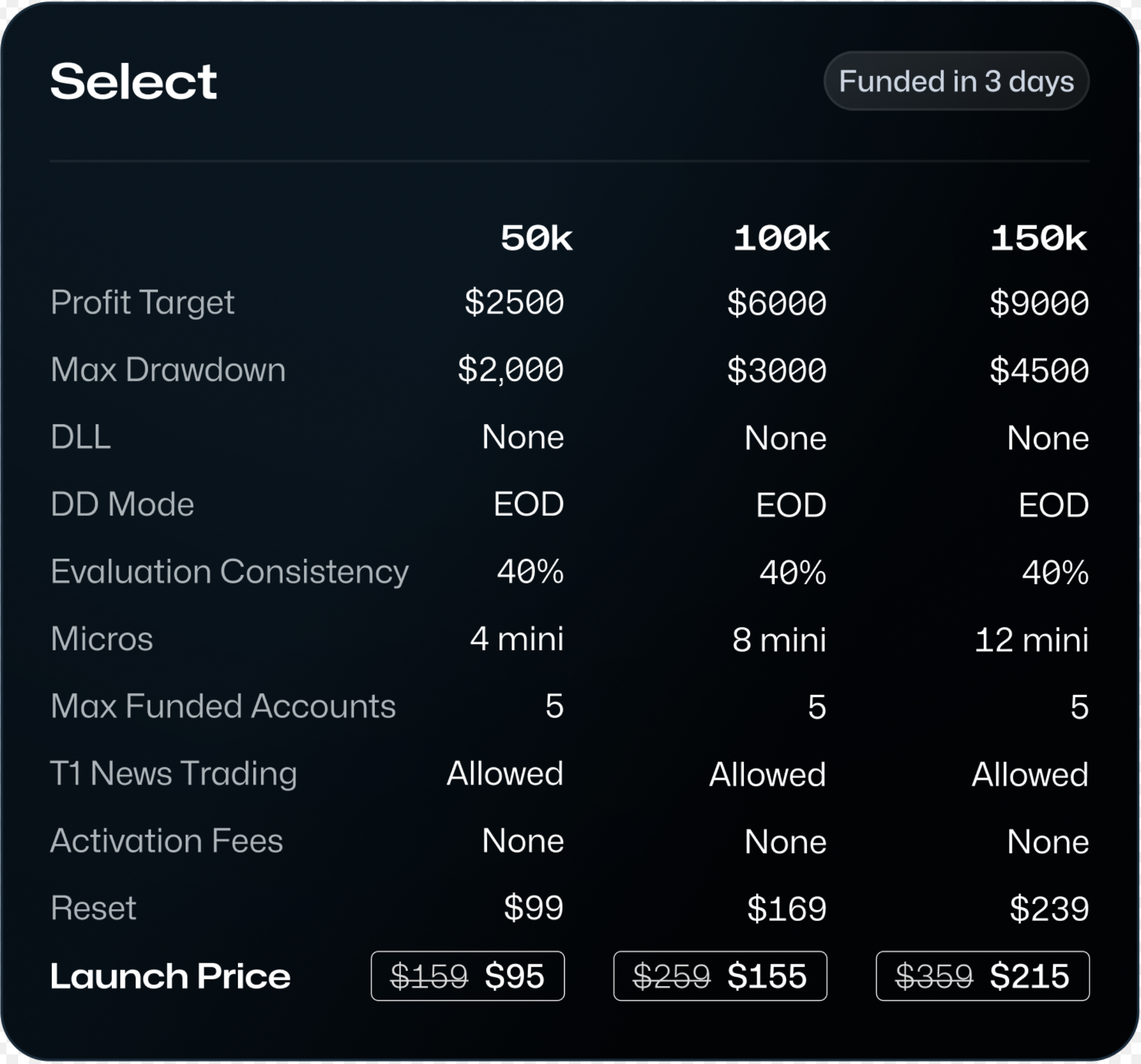Most trading articles talk about tools, indicators, and features like they exist in a vacuum. But TradingView only becomes valuable when you use it inside a routine - something you can repeat day after day without thinking.
This is the routine I personally follow. It’s simple, it’s clean, and it keeps me from taking trades just because I feel like I “should be trading.”
If you want to follow along with the exact layout I’m using, this is the link I started with:
Step 1: My Morning Chart Prep (5–7 minutes)
Before I even look for a setup, I take a few minutes to see what the market actually did.
Not what I think it’s going to do.
Not what Twitter is screaming.
Just price.
Here’s what I check first:
• Yesterday’s high, low, and close
These three levels tell me where most traders are anchored emotionally.
• Pre-market structure (for futures and stocks)
A quick scan of the overnight session shows whether the market is trending, ranging, or coiled up.
• A higher timeframe bias (15 min, 1 hr, daily)
I want a simple answer to a simple question:
“Is the market trending or chopping?”
I mark these levels with horizontal lines.
Nothing fancy.
TradingView makes it easy to color-code them so I don’t have to guess which is which.
Step 2: Chart Layout I Use Every Day
My setup is boring—in a good way.
The more predictable my workspace is, the calmer I trade.
My screen usually has:
• Main chart: 5-minute
This is where I see the structure develop.
• Secondary chart: 1-minute
Only for entries.
I don’t use the 1-minute to predict anything. I just fine-tune risk.
• Third chart: 1-hour or daily
This keeps the bigger picture in view so I don't get tunnel vision.
TradingView’s layout tool lets me lock this in so it loads exactly the same every morning.
It sounds small, but removing friction helps you avoid emotional trades.
Step 3: Indicators I Actually Rely On
I’m minimalistic.
If a trader has 12 indicators on their screen, they’re not trading—they’re decorating.
Here are the only tools that stay on my chart:
1. Volume Profile (session or fixed range)
This is the backbone of my prep.
It shows where price actually traded instead of where it simply passed through.
2. 20 and 50 EMA
Not because they tell me what to do, but because they give me structure:
Trend continuation setups
Pullbacks
Mean reversion moments
3. VWAP (for intraday trading)
This is the “fair value” anchor institutions lean on.
I’m not married to indicators, but these three help keep me disciplined.
Step 4: How I Find Trade Setups (The Actual Process)
Here's the part everyone asks for:
“Okay, but how do you actually find trades?”
My routine looks like this:
1. Identify the dominant trend
If the 5-minute structure is climbing—higher highs, higher lows—I only look for longs.
Simple rule, but it removed half my losses.
2. Wait for price to return to a high-volume area
This is where real trades happen.
Low-volume “air pockets” often get rejected.
3. Look for a reaction
I don’t blindly buy or sell levels.
I wait for the market to respond—either a strong candle, a wick rejection, or a shift in the 1-minute structure.
4. Enter using the 1-minute chart
This is where TradingView shines for me.
Clean, fast, no clutter.
I size the position so the stop fits comfortably under the structure—not under the “line.”
Step 5: Alerts (The Part That Saves Me Hours)
People underestimate how powerful TradingView alerts are.
This is where the value really kicks in.
I set alerts for:
A retest of my levels
Price touching a high-volume node
Breakout confirmation
EMA pullbacks
Instead of babysitting charts all day, I let TradingView notify me when something is actually happening.
This alone made my trading less stressful and more consistent.
(Set alerts → close platform → get notified when the market comes to you.)
Step 6: Reviewing the Trade (10–20 seconds)
My end-of-day routine is short but important:
Screenshot the setup
Mark the entry / exit
Add one sentence about what I could’ve done better
TradingView’s built-in screenshot tool makes this easy.
That’s it.
No long journal entries I’ll never read again.
Why This Routine Works
It cuts out noise.
It keeps you from chasing random moves.
And it turns TradingView into a daily workflow instead of a confusing bundle of features.
If you want to build a similar setup, you can start the same way I did:






